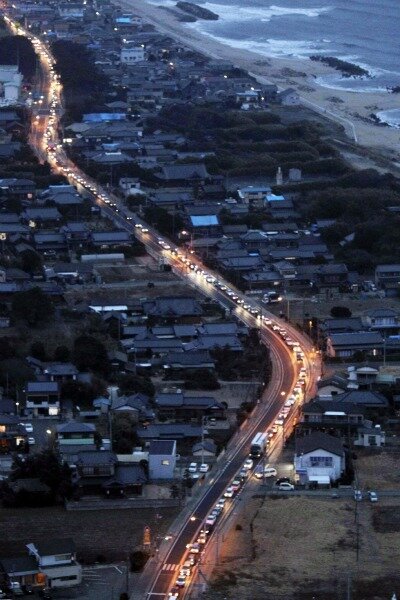For some, the main take-home message from Japan's nuclear crisis is that all US plants of similar design should be closed. Germany has shut down seven reactors similar to Fukushima Daiichi's for safety inspections, notes Michael Mariotte, executive director of the Nuclear Information Resource Service, an antinuclear-power group in Washington.
Official concerns about the design date back decades, he says. Reactors were modified to address some of those concerns – indeed, those modifications appear to have kept Fukushima Daiichi's damaged reactor cores from melting completely. But they may also have contributed to the buildup of hydrogen gas that exploded, blowing out walls and roofs off reactor buildings there, exposing one and perhaps two spent-fuel pools.
The Fukushima-like plants in the US "amount to less than 4 percent of US electricity production, and we have more than 20 percent reserve capacity in the country," Mr. Mariotte says. "And none of them are in the shakier places, like California, where supply and demand" can be difficult to match.
As government regulators and utilities undertake their reviews of the risks US plants face and whether more needs to be done to reduce the risks, they confront two vital questions, one of which is not up to engineers alone to answer, Lewis says.
Engineers and scientists can ask "how safe is something, which we can try to calculate or simulate," such as estimating the probability that an earthquake will strike within a plant's lifetime or that a plant will withstand it without releasing large amounts of radioactivity.
But, he adds, the question, " 'Is that safe enough?' is really a societal decision."





